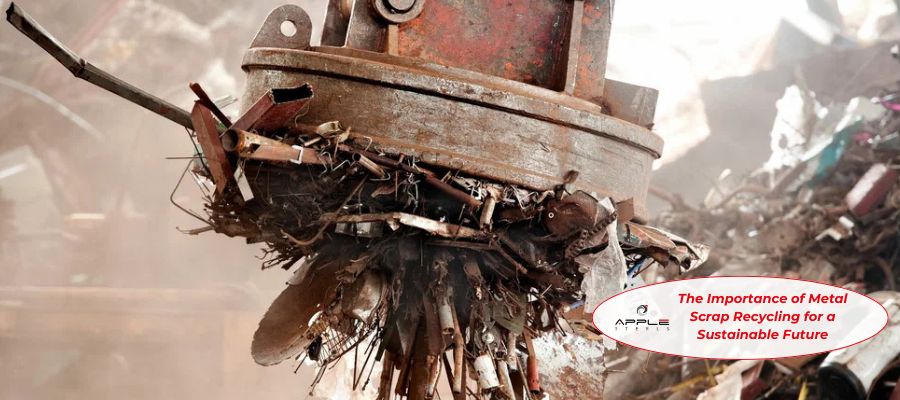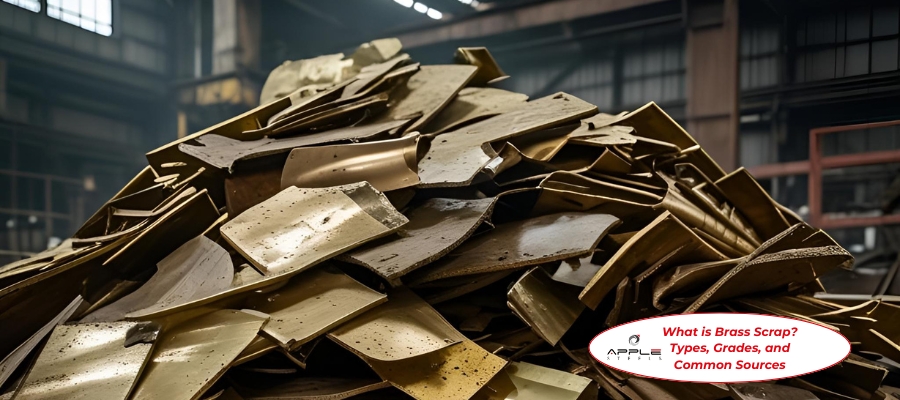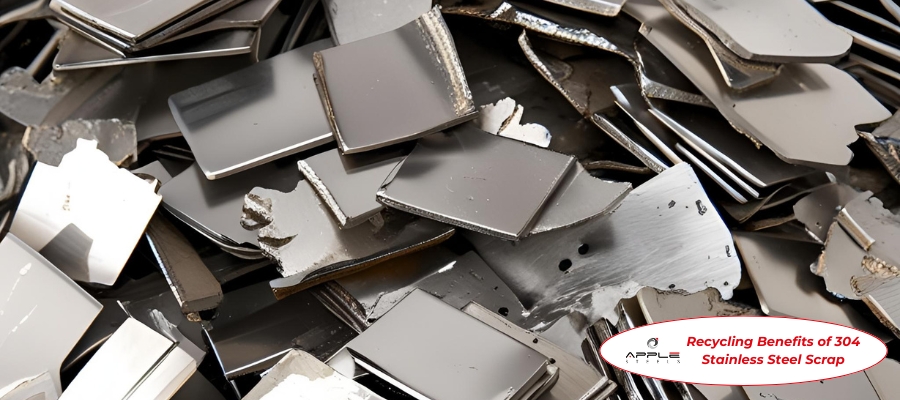Metal scrap recycling plays a crucial role in conserving natural resources, reducing environmental pollution, and promoting a circular economy. Industries and households generate tons of metal waste daily, and recycling ensures that valuable resources are not wasted. This blog explores why metal scrap recycling is essential for a sustainable future and how it benefits both the environment and the economy.
What Is Metal Scrap Recycling?
Metal scrap recycling refers to the process of collecting, processing, and repurposing discarded metals such as aluminum, copper, steel, and iron. Instead of ending up in landfills, these metals are melted down and reused to create new products, reducing the need for virgin raw materials.
Environmental Benefits of Metal Scrap Recycling
1. Conservation of Natural Resources
Recycling metal scrap reduces the demand for new raw materials. For example, recycling aluminum saves up to 95% of the energy required to produce new aluminum from bauxite ore. Similarly, recycling steel and copper significantly reduces mining activities, preserving natural reserves.
2. Reduction in Greenhouse Gas Emissions
Extracting and processing raw metals consume vast amounts of energy, leading to greenhouse gas emissions. Recycling metals like steel, aluminum, and copper lowers carbon emissions and helps combat climate change.
3. Decrease in Landfill Waste
Landfills are filling up at an alarming rate, leading to land and water pollution. Metal scrap recycling diverts waste from landfills, reducing environmental contamination and making land available for better uses.
Economic Benefits of Metal Scrap Recycling
1. Job Creation and Economic Growth
The metal scrap recycling industry provides employment opportunities for millions of people worldwide. From collection and sorting to processing and manufacturing, recycling creates a thriving economy that supports sustainable growth.
2. Cost-Effectiveness
Manufacturing products using recycled metals is often more cost-effective than producing them from raw ores. Companies save money on raw materials and energy costs, making products more affordable for consumers.
3. Revenue Generation
Scrap metals have significant value, and individuals and businesses can generate income by selling recyclable waste. This encourages more people to participate in recycling programs, further boosting the economy.
Types of Metal Scrap Recycled
1. Ferrous Metals (Iron and Steel)
Ferrous metals, such as iron and steel, are widely recycled. Steel is one of the most recyclable materials, as it can be melted and reused indefinitely without losing its properties.
2. Non-Ferrous Metals (Aluminum, Copper, Brass, and Zinc)
Non-ferrous metals are highly valuable in the recycling industry. Aluminum recycling, for example, reduces energy consumption by up to 95% compared to primary production. Copper and brass recycling also play a crucial role in reducing mining activities.
3. Precious Metals (Gold, Silver, and Platinum)
Although less common in daily scrap, precious metals from electronic waste and jewelry are recycled to recover valuable materials. This reduces the need for environmentally harmful mining practices.
Challenges in Metal Scrap Recycling
While metal scrap recycling has numerous benefits, it also faces several challenges, such as:
- Lack of awareness – Many people are unaware of proper recycling methods and the benefits of metal recycling.
- Contamination – Mixed or improperly sorted metals can lower the quality of recycled products.
- High processing costs – Advanced recycling technologies require significant investment.
- Export restrictions – Some countries impose strict regulations on exporting scrap metals, affecting the global recycling market.
How Individuals Can Contribute to Metal Scrap Recycling
1. Separate and Sort Metal Waste Properly
Sorting ferrous and non-ferrous metals at the source makes the recycling process more efficient.
2. Sell Scrap Metal to Recycling Centers
Individuals and businesses can earn money by selling scrap metal to authorized recycling facilities.
3. Reduce, Reuse, Recycle
Follow the three Rs to minimize waste production and make better use of existing metal resources.
4. Support Sustainable Metal Products
Choose products made from recycled metals to support the metal recycling industry and reduce demand for newly mined materials.
Future of Metal Scrap Recycling
With advancements in technology, the future of metal scrap recycling looks promising. Innovations such as artificial intelligence in waste sorting, improved smelting techniques, and sustainable material alternatives will enhance metal recycling efforts. Governments and industries must collaborate to create policies that promote recycling and environmental conservation.
Conclusion
Metal scrap recycling is a vital component of sustainability. It conserves resources, reduces pollution, creates jobs, and supports economic growth. By making a conscious effort to recycle metal and support eco-friendly practices, we can contribute to a greener, more sustainable future.




